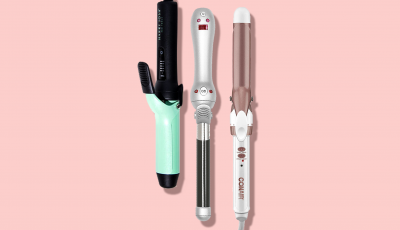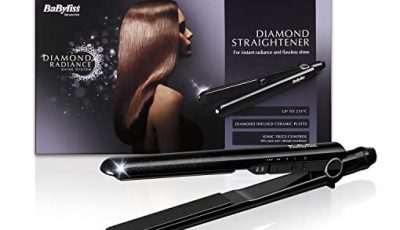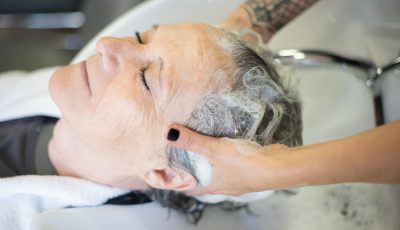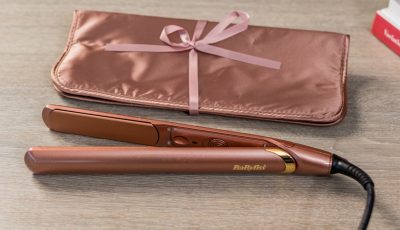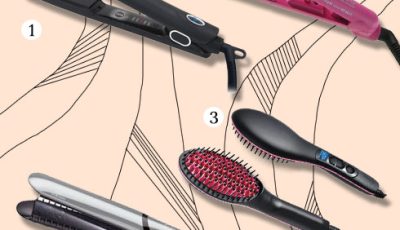In this article, we will discuss the optimal frequency of using a hair straightener on fine hair. You will learn the potential risks of excessive heat styling, as well as the benefits of giving your hair some rest between sessions. By the end, you will have a better understanding of how to achieve sleek and straight locks without compromising the health of your fine hair. So, let’s get started and find the perfect balance for your hair straightening routine!
Understanding Fine Hair
Fine hair refers to strands that are thin and delicate in nature. Unlike thick or coarse hair, fine hair can be more prone to damage and breakage. Understanding the characteristics and challenges of fine hair is crucial in determining how often to use a hair straightener.
Characteristics of Fine Hair
Fine hair is characterized by its thin diameter, which can make it appear flat and lacking in volume. It is also more susceptible to oiliness and can become greasy quickly. Due to its delicate nature, fine hair is more prone to breakage and damage from heat styling tools such as hair straighteners.
Common Challenges of Fine Hair
One of the main challenges of fine hair is its lack of volume. It can often appear limp and lifeless, making it challenging to achieve desired hairstyles. Fine hair also tends to become greasy easily, which can make it difficult to maintain a fresh and clean look throughout the day. Additionally, fine hair is more prone to breakage and damage, especially when exposed to excessive heat from styling tools.
Causes of Hair Damage for Fine Hair
There are several factors that can contribute to hair damage for those with fine hair. Excessive heat from styling tools like hair straighteners can cause the hair to become dry, brittle, and more prone to breakage. Chemical treatments such as hair coloring or perming can also weaken and damage fine hair. Inadequate hair care, such as using harsh shampoos or brushing the hair roughly, can further exacerbate the damage.
Choosing the Right Hair Straightener for fine hair
Selecting the right hair straightener is crucial for fine hair. Considerations such as the type of straightener and the specific features designed for fine hair can greatly impact the health and appearance of the hair.
Considerations for Fine Hair
When choosing a hair straightener for fine hair, it is important to opt for one that has adjustable heat settings. This allows you to control the amount of heat applied to your delicate strands. Additionally, look for straighteners that offer ceramic or tourmaline plates, as these materials distribute heat more evenly and minimize damage to the hair.
Different Types of Hair Straighteners
There are various types of hair straighteners available in the market, including flat irons, straightening brushes, and steam straighteners. Flat irons are the most common type and offer versatility in terms of styling. Straightening brushes combine the functionality of a brush and a straightener, making them convenient for everyday use. Steam straighteners, on the other hand, utilize steam technology to minimize heat damage.
Features for Fine Hair
Certain features in hair straighteners are specifically designed to cater to the needs of fine hair. Look for straighteners that have temperature control options, as fine hair requires lower heat settings to prevent damage. Also, consider straighteners with built-in heat protectant or conditioning features to keep your hair healthy and hydrated during the straightening process.
Frequency of Hair Straightening
Determining how often to use a hair straightener on fine hair depends on individual needs and hair health. Striking a balance between achieving desired styles and maintaining hair health is crucial to prevent damage and breakage.
Determining Hair Straightening Needs
Consider your daily routine and desired hairstyle when deciding the frequency of hair straightening. If you prefer a sleek and straight look every day, you may need to use a hair straightener more frequently. On the other hand, if you only straighten your hair occasionally for special events, less frequent use will be sufficient.
Effects of Frequent Straightening on Fine Hair
Frequent straightening can lead to dryness, breakage, and damage to fine hair. The excessive heat applied to the hair can strip it of its natural moisture and weaken its structure. Over time, this can result in brittle and frizzy hair that is prone to breakage. It is essential to take precautions and limit the frequency of hair straightening to maintain the health of fine hair.
Balancing Hair Health and Styling
Finding a balance between styling your hair and maintaining its health is key. Consider alternative styling options or temporary straightening methods to reduce the need for using a hair straightener every day. Proper hair care, such as moisturizing and using heat protectant products, can also help minimize damage from frequent straightening.
Best Practices for Straightening Fine Hair
When using a hair straightener on fine hair, following certain best practices can help minimize damage and achieve desired results.
Preparation before Straightening
Before using a hair straightener, ensure that your hair is clean and dry. Use a gentle shampoo and conditioner specifically designed for fine hair to maintain its health. Avoid using heavy styling products that can weigh down the hair and make it appear greasy.
Applying Heat Protectant
To protect your fine hair from heat damage, apply a heat protectant spray or serum before using a hair straightener. These products create a barrier between the heat and your hair, reducing the risk of damage and breakage.
Optimal Heat Settings for Fine Hair
Fine hair requires lower heat settings compared to thicker hair types. Set your hair straightener to a lower temperature, around 300 to 350 degrees Fahrenheit, to prevent excessive heat exposure. Test the heat on a small section of hair before proceeding to ensure that it is not too hot.
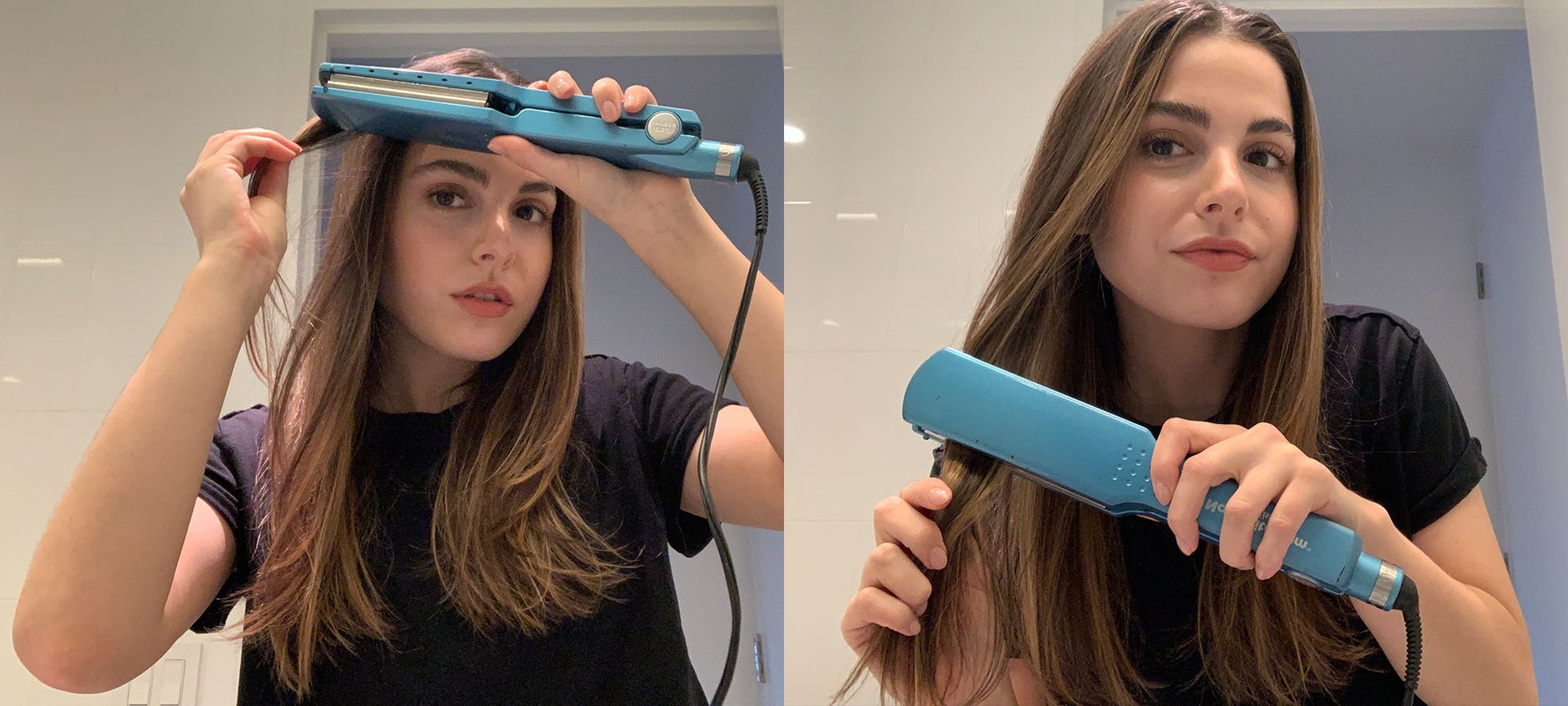
Recommended Hair Straightening Techniques
Proper techniques and sectioning methods can help achieve sleek and straight hair without causing unnecessary damage.
Sectioning the Hair
To ensure that every section of hair is evenly straightened, divide your hair into manageable sections using clips or hair ties. This will make the straightening process more efficient and prevent overheating certain areas.
Proper Straightening Technique
Start straightening your hair from the root and slowly glide the straightener down to the tips. Avoid pausing or clamping the straightener in one spot for an extended period, as this can cause heat damage. Repeat the process for each section of hair until your entire head is straightened.
Avoiding Common Mistakes
When straightening fine hair, it is important to avoid common mistakes that can lead to damage. Do not straighten wet or damp hair, as it is more susceptible to heat damage. Use the straightener in a fluid motion, without applying unnecessary pressure or pulling on the hair. Additionally, avoid excessive straightening by limiting the number of passes over each section of hair.
Alternatives to Hair Straightening
Reducing the frequency of hair straightening can be beneficial for the health and well-being of fine hair. Consider alternative styling options and temporary straightening methods to minimize heat exposure.
Natural Styling Options
Embrace the natural texture of your fine hair by opting for hairstyles that enhance its natural volume and movement. Choose loose waves or curls using heat-free methods such as braiding or twisting. By embracing your natural hair texture, you can reduce the need for daily straightening.
Temporary Straightening Methods
Temporary straightening methods like blowouts or using a round brush can create a smoother appearance without the use of a hair straightener. It is important to use heat protectant products and minimize the heat exposure during these temporary styling methods.
Recommended Hair Care Products
Using hair care products specifically formulated for fine hair can help maintain its health and minimize damage. Look for lightweight shampoos and conditioners that provide hydration without weighing down the hair. Opt for leave-in conditioners or serums that offer heat protection and nourishment for your fine strands.
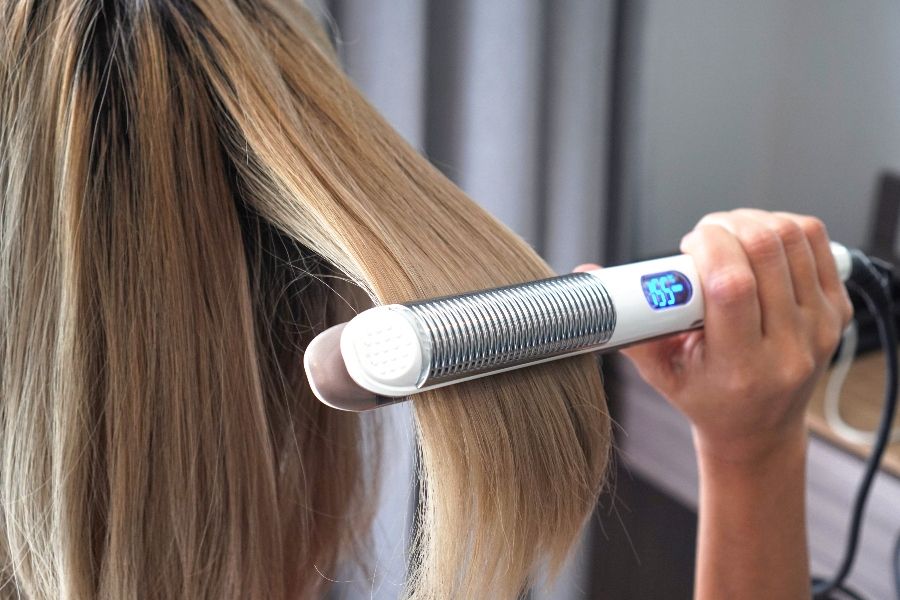
Maintaining Hair Health
To keep your fine hair healthy and prevent damage, it is essential to follow a regular hair care routine that focuses on moisturizing, preventing breakage, and trimming.
Moisturizing and Hydrating Fine Hair
Fine hair tends to be more prone to dryness and requires regular moisturization. Use hydrating hair masks or deep conditioning treatments once a week to restore moisture and enhance the health of your hair. Additionally, incorporate leave-in conditioners or hair oils to provide ongoing hydration.
Preventing Damage and Breakage
To prevent damage and breakage, avoid using harsh hair brushes or combs that can cause tangles and break the hair strands. Instead, opt for wide-toothed combs or brushes designed for fine hair. Be gentle when detangling the hair, starting from the ends and gradually working your way up to the roots.
Regular Hair Trimming
Regular trims are essential for maintaining the health and appearance of fine hair. Trimming every six to eight weeks helps remove split ends and prevents them from traveling up the hair shaft, resulting in further damage and breakage. Consult with a professional stylist to determine the optimal trimming schedule for your fine hair.
Signs of Damage or Overuse
It is important to be aware of the signs of hair damage or overuse of a hair straightener to prevent further harm to your delicate strands.
Identifying Hair Damage
Signs of hair damage include dryness, brittleness, and split ends. Damaged hair may also be more prone to breakage and appear dull or lackluster. If you notice these signs, it is essential to take steps to repair and restore your hair’s health.
Symptoms of Overusing a Hair Straightener
Overusing a hair straightener can lead to excessive heat exposure and damage. Symptoms of overuse include increased hair dryness, frizziness, and a weakened hair structure. Pay attention to how your hair feels and looks after each straightening session to gauge whether you are overusing the straightener.
Signs of Heat Damage to Fine Hair
Heat damage to fine hair can manifest as increased dryness, brittleness, and breakage. The hair may appear frizzy and lack shine. If you notice these signs, it is crucial to adjust your straightening routine and incorporate measures to repair and restore your hair’s health.
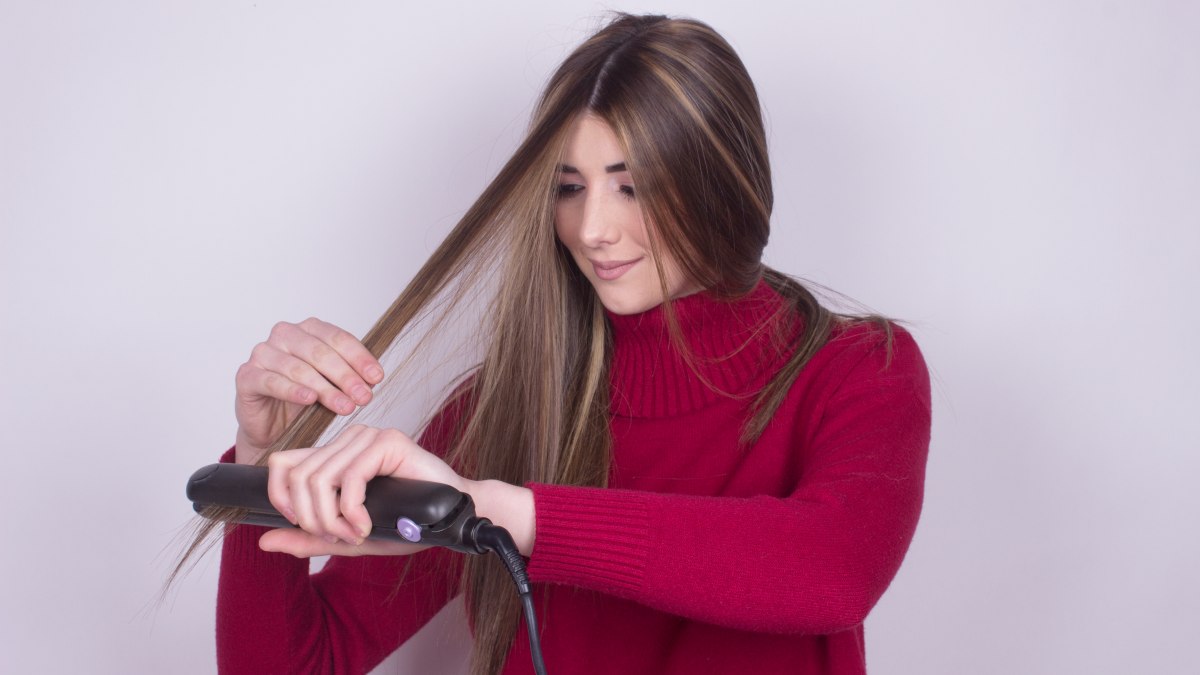
Repairing and Restoring Fine Hair
When fine hair becomes damaged from frequent straightening, it is important to take steps to repair and restore its health. Deep conditioning treatments, split end repair techniques, and utilizing suitable hair repair products can help rejuvenate your hair.
Deep Conditioning Treatments
Deep conditioning treatments can provide much-needed hydration and nourishment to damaged fine hair. Look for treatments that contain ingredients such as keratin, argan oil, or shea butter to restore moisture and repair the hair shaft. Apply the treatment once a week and leave it on for the recommended time before rinsing.
Repairing Split Ends
Split ends can make fine hair appear frizzy and unkempt. To repair split ends, schedule regular trims with a professional stylist to remove damaged ends. Additionally, incorporate hair serums or oils into your routine to help seal the ends and prevent further splitting.
Hair Repair Products and Techniques
There are various hair repair products available in the market specifically designed to restore the health of damaged fine hair. Look for products that provide a balance of moisture and protein to improve the strength and elasticity of the hair. Incorporate these products into your regular hair care routine to promote repair and restoration.
Conclusion
Determining how often to use a hair straightener on fine hair requires consideration of individual needs and the health of the hair. By understanding the characteristics and challenges of fine hair, choosing the right hair straightener, and following proper techniques, it is possible to achieve desired styles while minimizing damage. Additionally, incorporating alternative styling methods and maintaining hair health through proper care and regular trims can further promote the well-being of fine hair. By finding the right balance, you can enjoy straight, sleek hair without compromising its health.
